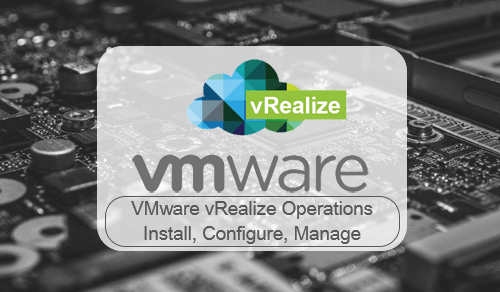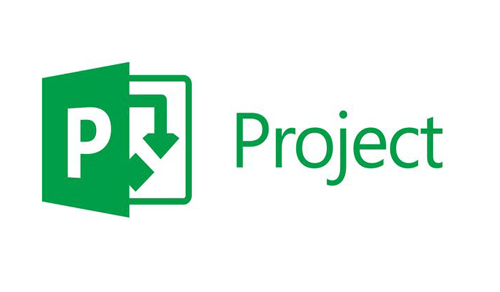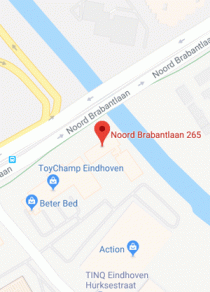Description
This five-day VMware vRealize Operations course covers advanced capabilities like customizing alerts, views, reports, and dashboards and explains the architecture and different ways of deploying VMware vRealize® operations. This course explains certificates, capacity concepts, and workload optimization with real-world use cases and covers troubleshooting using dashboards and how-to manage compliance and configurations. The course also covers management packs such as those for or in the SDDC Management Health solution, Storage Devices Management Pack, and AWS Management Pack. In general, this course explains how to use and configure most of the new features and enhancements in vRealize version 8.0.
Voorkennis
This class requires system administration experience with VMware vSphere® deployments or completion of one of the following courses:
– VMware vSphere: Install, Configure, Manage
– VMware vSphere: Optimize and Scale
Voor wie:
Experienced system administrators, system integrators, and consultants responsible for designing, implementing, and customizing vRealize Operations.
Doelstellingen:
– Identify features and benefits of VMware vRealize® OperationsTM
– Design, size, and deploy a vRealize Operations cluster
– Identify the types of nodes and their roles in a vRealize Operations cluster
– Recognize how to use vRealize Operations components to build scalability and availability
– Use interface features to assess and troubleshoot operational issues
– Create policies to meet the operational needs of your environment
– Recognize effective ways to optimize performance, capacity, and cost in data centers
– Troubleshoot and manage issues and configurations using alerts and dashboards
– Use Telegraf to monitor operating systems and applications
– Create custom alert definitions, reports, and views
– Create custom dashboards using the dashboard creation canvas
– Configure widgets and widget interactions for dashboards
– Create super metrics
– Set up users and user groups for controlled access to your environment
– Extend the capabilities of vRealize Operations by adding management packs and configuring solutions
– Monitor the health of the vRealize Operations cluster by using self-monitoring dashboards
Inhoud:
– Course Introduction
– Introductions and course logistics
– Course objectives
– User Interface Enhancements
– Describe how to use vRealize Operations to manage the software-defined data center
– Identify features and benefits of vRealize Operations
– Deploying vRealize Operations
– Design and size a vRealize Operations cluster
– Install a vRealize Operations cluster
– Configure a vRealize Operations cluster for high availability
– Describe different vRealize Operations deployment scenarios
– Describe how to use vRealize Lifecycle Manager to deploy vRealize Operations
– vRealize Operations Architecture and Certificates
– Describe the functions of the components in a vRealize Operations node
– Identify the types of nodes and their roles in a vRealize Operations cluster
– Recognize how a node’s components interact to achieve scalability and availability
– Identify ways that data is collected and analyzed by vRealize Operations
– Describe vRealize Operations certificates
– vRealize Operations Concepts and Policies
– Identify the tasks that can be performed in the administration and product user interfaces
– Describe dashboards and their usage
– Use tags to group objects
– Create policies for various types of workloads
– Explain how policy inheritance works
– Performance Optimization
– Assess the performance of your environment to determine which data centers need optimization
– Define the business and operational intents for a given data center
– Automate the process of optimizing and balancing the workloads in data centers
– Report on the results of optimization efforts
– Capacity Optimization and Costing
– Define capacity planning terms
– Understand capacity planning models
– Assess the overall capacity of a data center and identify optimization recommendations
– Recognize options for rightsizing virtual machines (VMs)
– Run what-if scenarios for adding workloads to a data center
– Run what-if scenarios to plan the migration of workloads to the public cloud
– Managing Configurations and Troubleshooting Pillars
– Recognize how to troubleshoot issues by monitoring alerts
– Use step-by-step workflows to troubleshoot different vSphere objects
– Assess your environment’s compliance to standards
– View the configurations of VMware vSphere® objects in your environment
– Operating System and Application Monitoring
– Recognize how the Service Discovery manager and Telegraf fits into the vRealize Operations OS and app monitoring
– Deploy the Application remote collector
– Monitor the operating system and applications by using Telegraf
– Custom Alert Definition
– Create symptom definitions
– Create recommendations, actions, and notifications
– Create alert definitions that monitor resource demand in hosts and VMs
– Custom Views and Reports
– Build and use custom views in your environment
– Create custom reports for presenting data about your environment
– Custom Dashboards
– Create dashboards that use predefined and custom widgets
– Configure widgets to interact with other widgets and other dashboards
– Configure the Scoreboard widget to use a metric configuration file
– Manage dashboards by grouping dashboards and sharing dashboards with users
– Super Metrics
– Recognize different types of super metrics
– Create super metrics and associate them with objects
– Enable super metrics in policies
– User Access Control
– Recognize how users are authorized to access objects
– Determine privilege priorities when a user has multiple privileges
– Import users and user groups from an LDAP source
– Extending and Managing a vRealize Operations Deployment
– Identify the management packs that are available to your environment
– Install and configure a management pack
– Monitor the health of a vRealize Operations cluster
– Generate a support bundle
– View vRealize Operations logs and audit reports
– Perform vRealize Operations cluster management tasks
Datum:
Neem hiervoor contact op met een van onze opleidingsadviseurs.
Duur:
5 dagen
Deze training is ook beschikbaar als:
– Maatwerktraining, neem hiervoor contact op met een van onze opleidingsadviseurs.
Voor veelgestelde vragen tijdens het bestelproces, bekijk onze F.A.Q. pagina.









